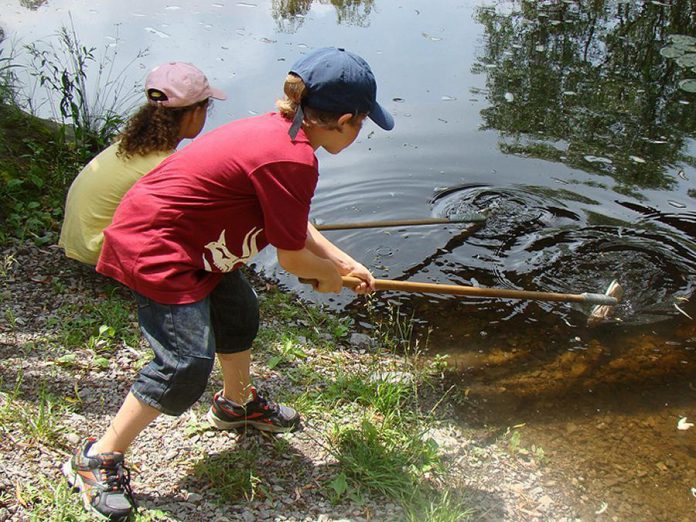
You’ve probably heard about the drought that California is suffering through. The National Oceanic and Atmospheric Administration (NOAA) says it’s the worst on record, and there’s no sign of it easing anytime soon.
All but a few reservoirs in the state are seeing water levels reaching half of what they should be during this time of year. The drought is so bad that the governor issued a state of emergency, asking residents to limit their water usage.
California has two distinct seasons: wet and dry. The winter months are normally mild and wet, with the state receiving more than half of its normal precipitation between the months of December and February.
For the third year in a row, that hasn’t happened. Winter precipitation totals have been well below normal, sending the state into drought conditions and forcing residents to conserve water.
To pull itself out of drought, the state would need a substantial amount of rain. According to NOAA, any precipitation that falls from the sky is immediately absorbed into the ground. To have any meaningful impact, water would not only have to be absorbed, but also run off to recharge reservoirs.
We’re fortunate that here in the Kawarthas we seldom have to worry about drought. If any lessons can be learned from California’s situation, it’s that we all need to get into the habit of conserving our water now, should such a natural disaster ever impact our region down the road.
Water is the topic of conversation across our nation this week as we celebrate Canada Water Week. The week of education and discovery is centered on water-related issues to spur an interest in water and make Canadians more aware of this precious resource that we take for granted. Canada Water Week wraps up Saturday on World Water Day.
We hear a lot about carbon footprints and their effect on the environment, but we seldom think about our water usage and consider the implications of it — our water footprint.
Our water footprint goes far beyond what we consume by turning on the tap or flushing the toilet. Though this accounts for some of the most visible uses of water, over 90% of an individual’s water consumption is hidden in the production of the food we eat, the clothes we wear, and the products we use each day. Making informed choices about what you buy can go a long way in shrinking your water footprint.
Climate change, population growth, and industrial activity are increasing pressure on our local water supplies. When water levels drop, human health and the environment are put at serious risk. Lower water levels can contribute to higher concentrations of natural and human pollutants. Using water more efficiently helps maintain supplies at safe levels for humans and wildlife.
One of the largest uses of water isn’t within the home at all, but outdoors on lawns and gardens. Throughout the coming spring and summer, we will collectively use hundreds of thousands of litres of water ensuring we have the greenest of lawns and healthiest of gardens.
A simple and easy way to reduce your outdoor water usage is to purchase a rain barrel. Rain barrels quickly store large quantities of water that you can have for immediate use on lawns and gardens. Customers of Peterborough Utilities can purchase their rain barrel from the GreenUP Store and receive a discount on the purchase price.
We can also reduce our water usage indoors. Running the dishwasher only when it’s full, doing full loads of laundry, and taking shorter showers are all easy ways to significantly reduce water use inside the home.
Using water efficiently is also very important and can aid in shrinking your water footprint. Lots of people wash their cars in the driveway. It’s one of those chores that seems less like work when it’s a bright sunny day and you can get a tan in the process. In most cases, all that water heads straight for the nearest storm drain when it runs off your car. To avoid this, try parking your car on the lawn. This method not only prevents the water from running off, but you’re also watering your lawn at same time — a first step to begin using water more efficiently.
It’s clear that water is one of our most important natural resources and we must do whatever we can to preserve, conserve, and protect it. While we use it daily and rarely face shortages, we must stop taking this valuable resource for granted.


























